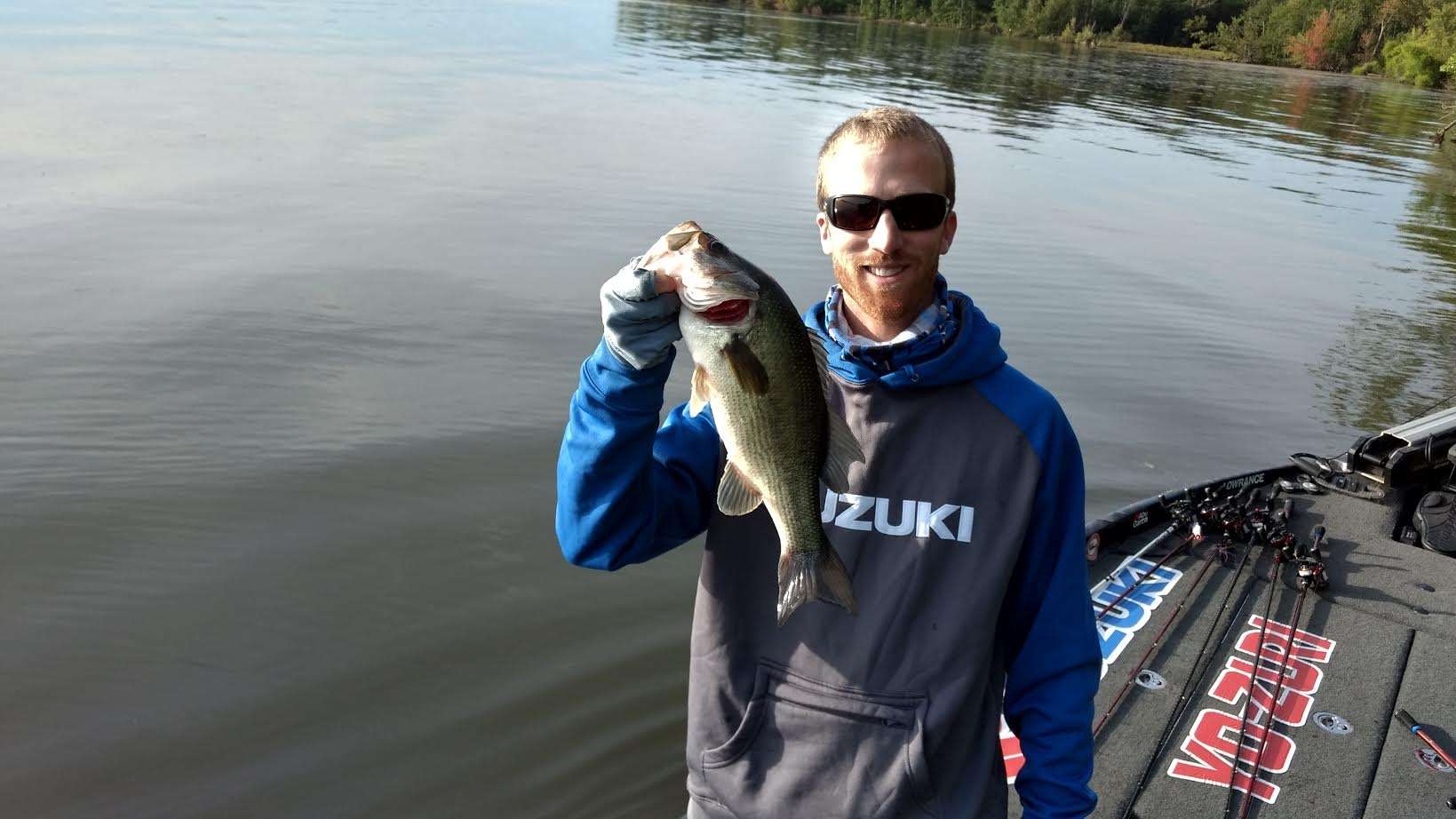
I constantly strive to expand my fishing knowledge and learn new techniques. It’s something I enjoy, but it is also a necessity. If I don’t continue to improve, my competitors on the Bassmaster Elite Series will leave me in the dust. The same is true for every tournament angler at any level.
I’m amazed by how often new lures and new techniques emerge. It takes time and effort to make them an effective part of your bass arsenal. But it’s well worth the trouble. It gives you an edge on the competition and prevents your rivals from beating you over the head with something you don’t know how to do.
I’ve learned some hard lessons that will help you become proficient enough with a new bait or technique to score with it when the money is on the line. The wrong approach is to try something new when fishing a tournament, or even while practicing just before a tournament. This is when you need to stick with what you know and what you have the most confidence in.
If you try something for the first time in a tournament, you probably won’t do it well or even employ it in the right places. You’ll give up on it after 30 minutes without a bite and be much less inclined to ever give it serious consideration again.
When making my tournament schedule for the upcoming season, I leave days open throughout the year to just go fishing. These are my learning trips. It’s hard to expand your skill set when you compete in a tournament on every outing. Leave some wiggle room.
When I have time, I leave early for an Elite tournament and fish somewhere similar that’s close to that body of water before the official practice days. That gives me a tune-up, plus an opportunity to experiment with new baits that might work in the tournament. If I were a weekend warrior, I’d try to do that on the way to a year-end championship tournament.
Another thing, and this is crucial, is to try something new only when the conditions are conducive for it to work. I made that mistake when I tried to learn the Damiki rig before the Elite Series tournament on Cherokee Lake that took place in early February of 2017.
I knew Cherokee’s smallmouth would be in deep winter locations during the tournament and that the Damiki rig could be a player. Since I live close to Cherokee, I started experimenting with the Damiki rig months ahead of time. It was fall and the bass were not set up in their wintertime haunts. I tried to force things with it anyway.
I fished the Damiki rig all day several times without getting a bite. Every trip hurt my confidence in it. By the time the tournament rolled around I was so fed up with the Damiki rig that I wouldn’t use it. Other pros dominated that event with the Damiki rig, and I had the worst tournament of my career.
I almost made the same mistake with the Neko rig. After Jordan Lee won the 2018 Classic at Lake Hartwell on a Neko rig, I knew it was something I just had to learn. I started fishing the Neko rig right away on Fort Loudoun. I caught a few bass with it, but not enough to tune into the bait.
The bass at Fort Loudoun were earlier in the prespawn than they were during the Hartwell Classic. And the water was still at winter pool at Loudoun so the docks were high and dry. You don’t have to have docks to catch bass with the Neko rig, but Jordan caught them on docks at Hartwell.
In mid April after Classic I had an opportunity to fish Lake Norman, which has loads of bass and countless docks. This time the conditions were perfect for the Neko rig, and I slayed them with it. I learned the feel of that bait and the way bass wanted it fished. Now it’s something I throw a lot.
People think you need to fish any given bait or technique for a long time to get good at it. I don’t believe that. If you experiment with something new when the conditions are right for it, the odds are that you’ll start catching bass with it right away. A few good days of fishing will give you all the confidence you need to utilize that technique in a tournament situation.





